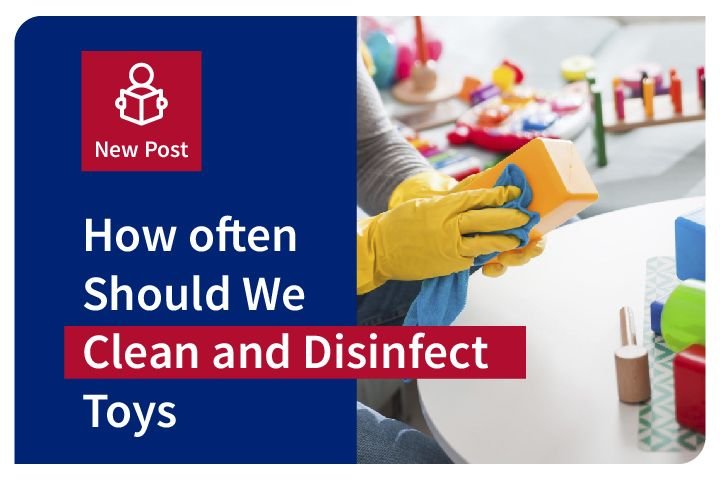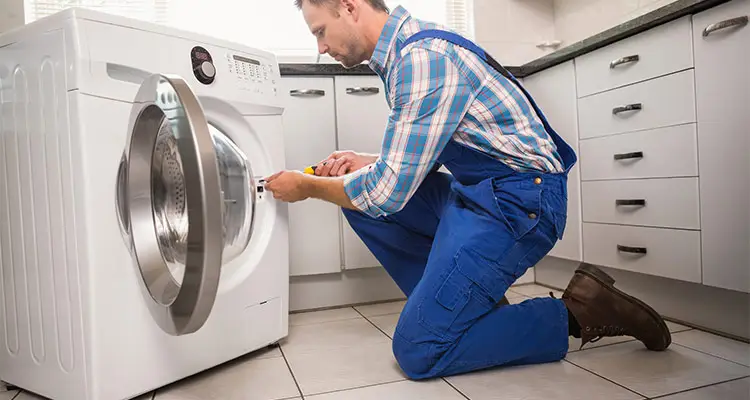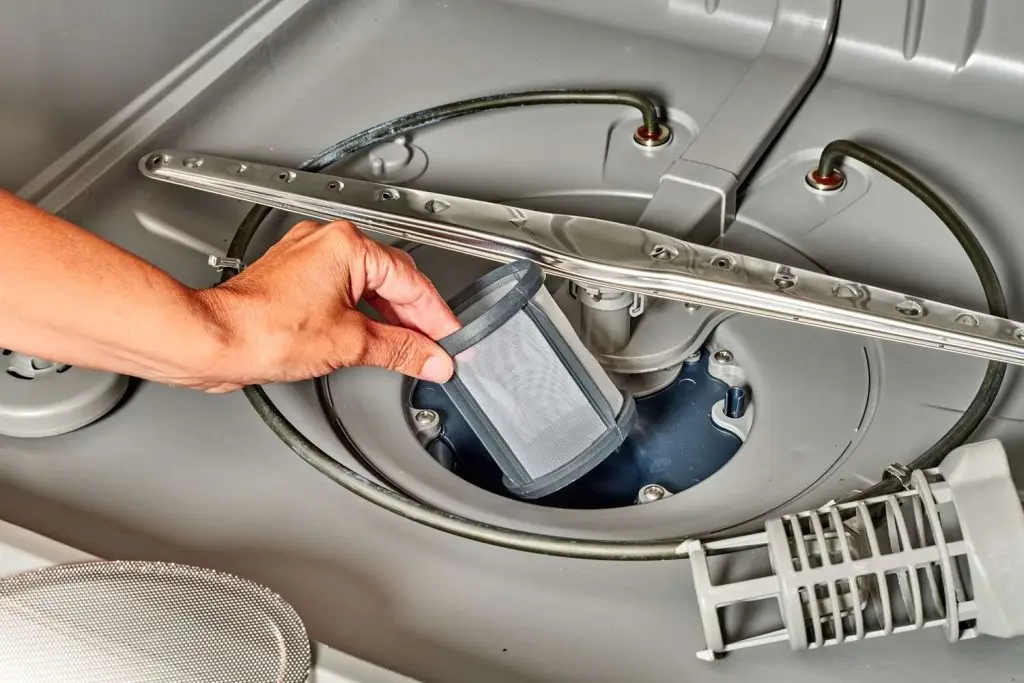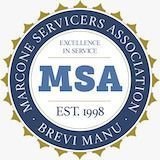Perhaps one of the elements in our homes that accumulate the most dirt are our children’s toys, after all they stay with them all day long going with them everywhere and at all times, that means they get played with, tossed around, slept with, chewed on and more. But, besides the visible dirt and grime, toys can harbor germs, allergens or worse, mold, which can turn a toy into a potential source of infection rather than an object of fun and education. For this reason it is important to know the best cleaning methods for toys not only to get them clean, but to keep them looking and working their best. This is why in today’s post we will look at how, and how often we should clean and kill germs on toys to help keep our children safe.
How often should we clean toys?
It depends on how loved they are, this is, how much they get played with, as well as the state of health of your children, that is to say, you should clean and sanitize toys more frequently when your child is ill or has the flu and to do it all again once they’ve recovered. How often we clean the toys will also depend on their material and use:
- Once a week: Plush toys (especially if children sleep with them), electronic toys, hard plastic and bath toys.
- Daily: Baby toys that are the most likely to be put in a child’s mouth and dropped on the floor are the ones that need the most frequent attention. Clean these every one or two days. Others can be done weekly.
How should we clean toys?
The best way to clean them is on hot sudsy water, and for non washable toys, wipe them with a cloth and a disinfectant liquid that complies with levels required to be recognized and registered by the EPA, en esta caso for a more natural, plant-based alternative to chemical disinfectants, choose products that kill germs with thymol, a component of thyme oil. Vinegar is a great household grease cutter and limescale remover and while it can kill some germ strains, it’s not powerful enough to reach the sanitizing and disinfecting levels required by the EPA. However, different toys require different cleaning methods depending on their material and use. Let’s take a look at them:
Plush Toys
Colorfast, plain stuffed animals and fabric books are usually safe to clean in your washing machine, but always remember to check how the manufacturer recommends cleaning each toy by looking at the care labels they have. Use the sanitizing cycle, if your machine has it, but if not you can select the gentle cycle, warm water, and a slow spin of your washing machine, and the low-heat setting of your dryer. To protect them from tumbling and damaging, place the plush toys in a pillowcase and knot the top, or if your dryer has a rack, you can take the toy out of the pillowcase and set it on the rack to dry, make sure all decorations and buttons are securely attached, and any rips and holes are repaired. Before tossing a toy in the washer, check the colorfastness of all fabrics and trims on the toy with a drop of water. If the color bleeds when you blot the drop with a paper towel, don’t machine wash it. Spot clean it instead. Keep in mind that plush toys with built-in battery packs, noise makers or other metal parts can be damaged by water and may require a dry cleaning method. Another good idea for cleaning delicate stuffed toys that can only withstand a superficial cleaning is to vacuum the toy thoroughly with the vacuum’s upholstery attachment.
Electronic Toys
Electronic toys can suffer damage since they are only safe for surface cleaning, so the best way to clean them is with a cloth and a disinfectant. Start by turning off and disconnecting the toy or removing any batteries (but replace the battery compartment cover) before cleaning. Then, with a clean cloth dipped in warm soapy water and well wrung out, wipe the toy to remove any dirt and grime. Make an extra pass over sticky spots, around buttons, and in crevices, being careful not to let any liquid seep into the electrical components. After that rinse with a clean damp, well-wrung cloth, and air dry. To kill bacteria and viruses on the surface, use a disinfecting wipe, an alcohol wipe, or dip a clean cloth in a mix of four teaspoons of chlorine bleach to one quart of water. Wring the cloth well and wipe the toy.Make sure the surface remains wet for five minutes or the time required on the wipe’s label and let it air dry. If this toy is likely to wind up in your child’s mouth, rinse it well with a damp clean cloth and let it air dry again.
Hard Plastic and Bath Toys
Solid plastic toys, like rubber rings, animal figures and building blocks can easily be cleaned in your dishwasher’s top rack. You can place the larger toys between the tines in the rack and put small toy pieces into a mesh bag to keep them from jostling around with the forceful water spray. Then select the normal or sanitizing cycle and heated dry, always be sure to thoroughly air or towel dry any toys that may come out of the dishwasher still wet.
Another option is to clean them with a cloth and disinfectant, for this you can use: Clorox or Lysol wipes, a cloth wet with a 3% hydrogen peroxide solution, 1/2 cup chlorine bleach and one gallon of water. Always be sure to keep the toy’s surface wet for at least 10 seconds to sanitize or for the time recommended on the product’s label. Remember that after cleaning it’s better to give them another thorough warm water rinse and let them air dry in order to remove any remnants of the cleaning solution.








